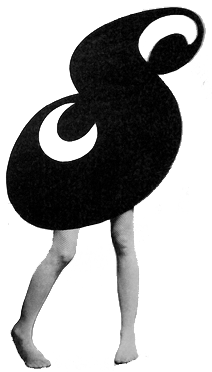Seeing a beloved work again, but this time standing in front of it
Last year I participated in #the100dayproject sponsored by The Great Discontent. The project "was a celebration of process that encourages everyone to participate in 100 days of making." I chose to pick an object in my art studio and blog about it—I "made" blog posts about the things that inhabited the place where I made other things.
For Day 13 I chose a treasured issue of Interview magazine from May 1988. The reason I've held onto this particular issue is because of the paintings of Eric Fischl, which completely rocked my world at 17, and still do to this day.
At the end of the post I tell a quick anecdote of seeing some of the works from that magazine in person at a private gallery of artwork collected by Eli Broad almost a decade after I had seen them in the magazine. Three months after I wrote that blog post last year I began working at The Broad, Eli's new contemporary art museum on Grand Avenue in downtown LA. And last week, I (along with the 130 other Visitors Services Associates) received an email from my supervisor with a last minute notice that a new Eric Fischl painting had been installed. I gasped out loud! It was the very painting I've been daydreaming about for nearly 30 years.
Yesterday morning before my weekly Sunday shift at the museum I arrived a bit early so I could admire the work in person again after all these years, sans crowds. It's a stunner; a powerful painting of a fractured reality made of collaged canvases which are psychologically ambiguous. I was overwhelmed (i.e.: I cried, just like the last time I saw the painting in person).
My pre-shift iPhone shots of Evacuation of Saigon, Eric Fischl 1987:
For curatorial context, here are a few images of the gallery the painting is in at the museum, sharing space with Schnabel's epic plate painting, a gorgeous Salle, and two complex Wojnarowicz works. Speaking of Schnabel, there is a terrific interview between him and my boss-man, Mark Grotjahn, in Interview magazine (coincidentally). Schnabel very wisely says:
There are generations of people who have never seen a big plate painting in person. And they don't know what the hell they look like, they don't know what it feels like to stand in a room with them. Paintings are not like the Internet. They're not like movies. They're not electronic-friendly. You have to go see them. You have to stand in front of them. That's the great thing about them.














